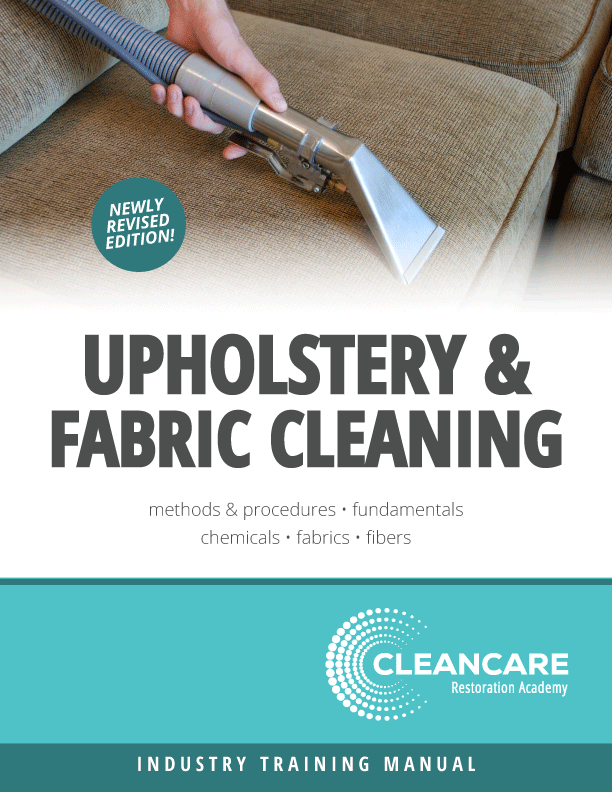Product Details
"Upholstery and Fabric Cleaning" starts with a comprehensive discussion of fibers: natural, mineral, man-made, and synthetics. It includes a chapter on fiber identification using visual, burn, and chemical testing. Next, we put it all together with fabric manufacture: weaving, tufting, flocking, dyeing and finishing. We include actual fabric samples to illustrate different manufacturing techniques. From there, we discuss how fabrics get soiled, and the principles of cleaning used to remove that soil. Once we have the fabric made and once it’s soiled, our next logical step is deciding what to use to clean it. Here we cover dry-solvent cleaning: methods, types, safety, and required chemicals; and wet cleaning: preconditioners, rinse agents, bleaches, and specialty chemicals. We follow up with a comprehensive discussion on drapery and furniture nomenclature, and inspection procedures. The highlight of this chapter is a 5¢ customer briefing sheet that shifts responsibility for characteristics, manufacturing, or use-related problems (shrinkage, fabric separation, markings, bleeding, browning, yellowing, fugitive yarns, age, use) from cleaner to the proper party. Saves thousands in complaints and call backs! Before and After Once we build the foundation, we continue with cleaning procedures for draperies and upholstery. The unique thing about our approach to upholstery cleaning is that we teach you how to inspect and classify fabrics into 1 of 5 categories for cleaning (durable colorfast, non-durable colorfast, non-colorfast, problem cellulosic, and salvage situations). This takes the fear out upholstery cleaning since, once you decide on the category, based on fiber, yarn, fabric, age, and colorfastness, it’s safe and easy to follow the step-by-step cleaning procedures.
We wind up with short, basic discussions on cleaning “all the rest”: silk, crewel, leather and suede, plastic, lamp shades, mattresses, pillows, tapestries, and office partitions. At the end of each chapter, we include Comprehension Quizzes. Use them to test your knowledge retention or to prepare for certification courses. If you’re an owner or manager, you can use the book and quizzes for your own company training program, saving you thousand in preparation costs. Upholstery and Fabric Cleaning: essential for the reference library of any professional cleaning service
